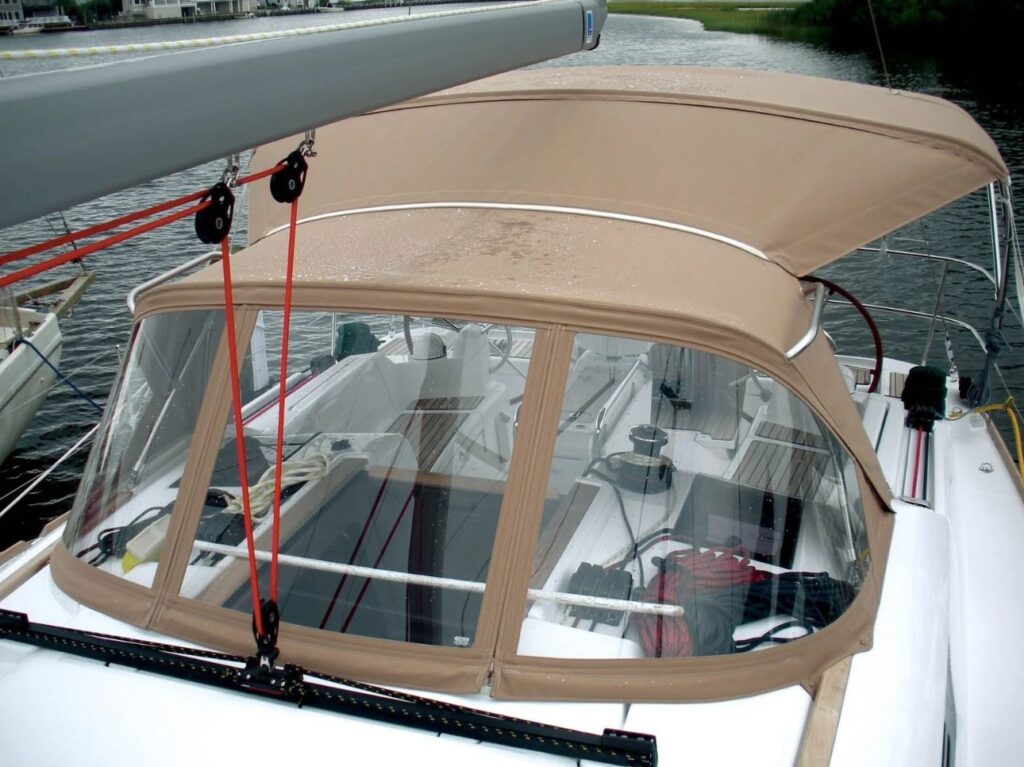NEW YORK, March 23, 2023 (Newswire.com) - OneMain Financial: Home improvements are exciting, and the fact that they can increase a home's value is an added bonus. Fortunately, those who look to renovate their home have funding options such as home improvement loans, so they don't need to rely solely on savings. Factors like the size and scope of the project and individual financial situations can help determine which option is best. Below, learn more about several of the most common ways to cover the cost of home improvements.
Save and pay with cash
In a perfect world, homeowners save enough to pay cash for home improvement projects. By creating a budget and sticking to it, reducing expenses, and increasing income, they may be able to do just that. Paying in cash can help avoid taking on debt and save on interest costs and other fees. Of course, the major drawback here is that they may have to delay the project until they've saved enough.
Home improvement loan
Home improvement loans are personal loans from banks, credit unions, and online lenders. In most cases, loans come with fast funding via direct deposit. While borrowing amounts vary from lender to lender, some offer up to $100,000 in funding. Depending on the lender, this type of loan may have varying fees and repayment terms when compared to other lending options.
Home equity line of credit (HELOC)
Homeowners who have equity in a home, i.e., the difference between what they owe on their mortgage and what their home is worth, may qualify for a home equity line of credit, commonly known as a HELOC. A HELOC is a revolving line of credit, meaning the borrower can withdraw funds as needed during a set timeframe. This flexibility makes the HELOC a good option for lengthier, more expensive home improvement projects. However, those who go this route should understand that if they default on payments, the lender can foreclose on the property.
Home equity loan
Just as with the HELOC, a home equity loan allows the homeowner to tap into their home's equity. Also referred to as second mortgages, home equity loans provide the borrower with an upfront lump sum of money that is repaid with regular monthly payments. Home equity loans make sense for small to medium-sized home improvement projects. But as is the case with a HELOC, the borrower's home can be on the line if they fail to make payments.
Credit card
Credit cards can be the right choice for the homeowner who plans minor home improvements. Card issuers offer 0% annual percentage rate (APR) introductory or promotional offers, giving the cardholder the option to fund renovations interest-free for a set period. While the APR may be 0%, there is frequently a transaction fee associated with the offer. If the cardholder defaults on monthly minimum payments or fails to repay the balance when the introductory or promotional period ends, the remaining balance will be subject to the standard APR the issuer disclosed. That APR will likely be much higher than 0%.
The Bottom Line
There are a variety of borrowing options for homeowners considering a home improvement project. By exploring all of them and weighing their pros and cons along with the specifics of the project, a homeowner is better equipped to identify the right solution.
SPONSORED CONTENT
About OneMain Financial
OneMain Financial is the leader in offering nonprime customers responsible access to credit and is dedicated to improving the financial well-being of hardworking Americans.
Notice: Information provided in this article is for information purposes only and does not necessarily reflect the views of [publisher] or its employees. Please be sure to consult your financial advisor about your financial circumstances and options. This site may receive compensation from advertisers for links to third-party websites.
Contact Information:Keyonda Goosby
Public Relations Specialist
[email protected]
(201) 633-2125
Original Source: OneMain Financial: The Best Way to Get Money for Home Improvements


